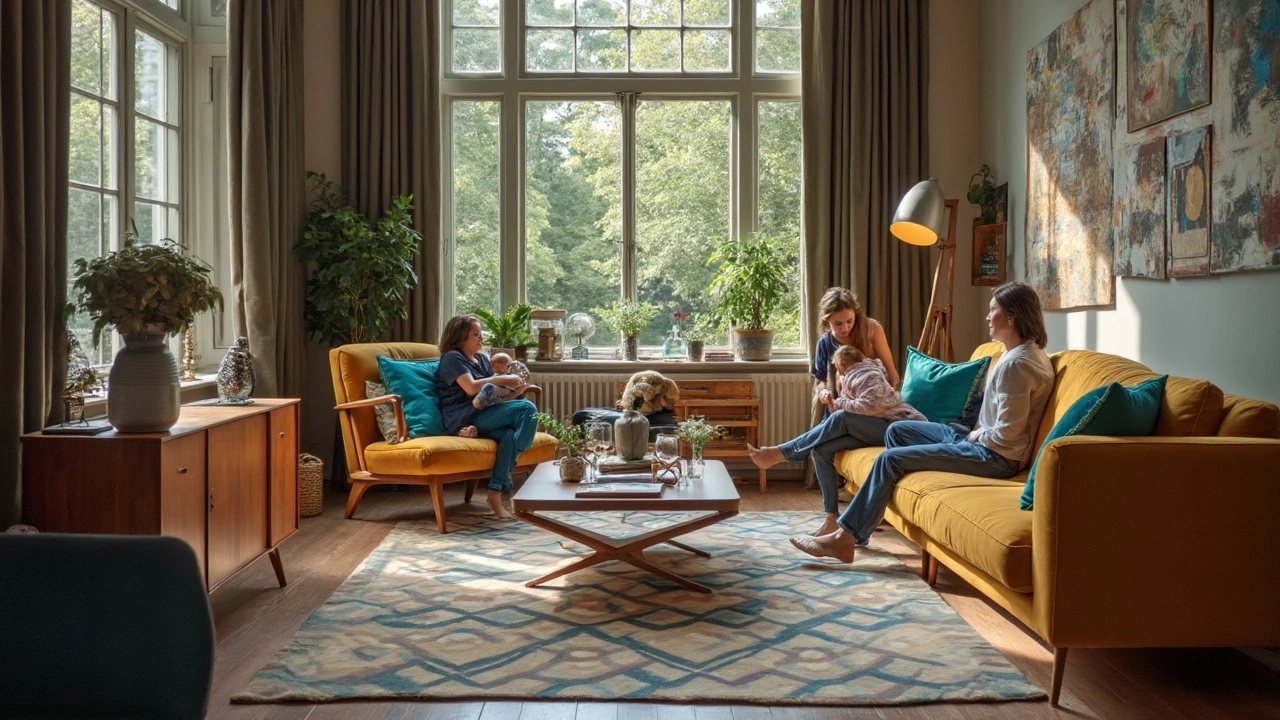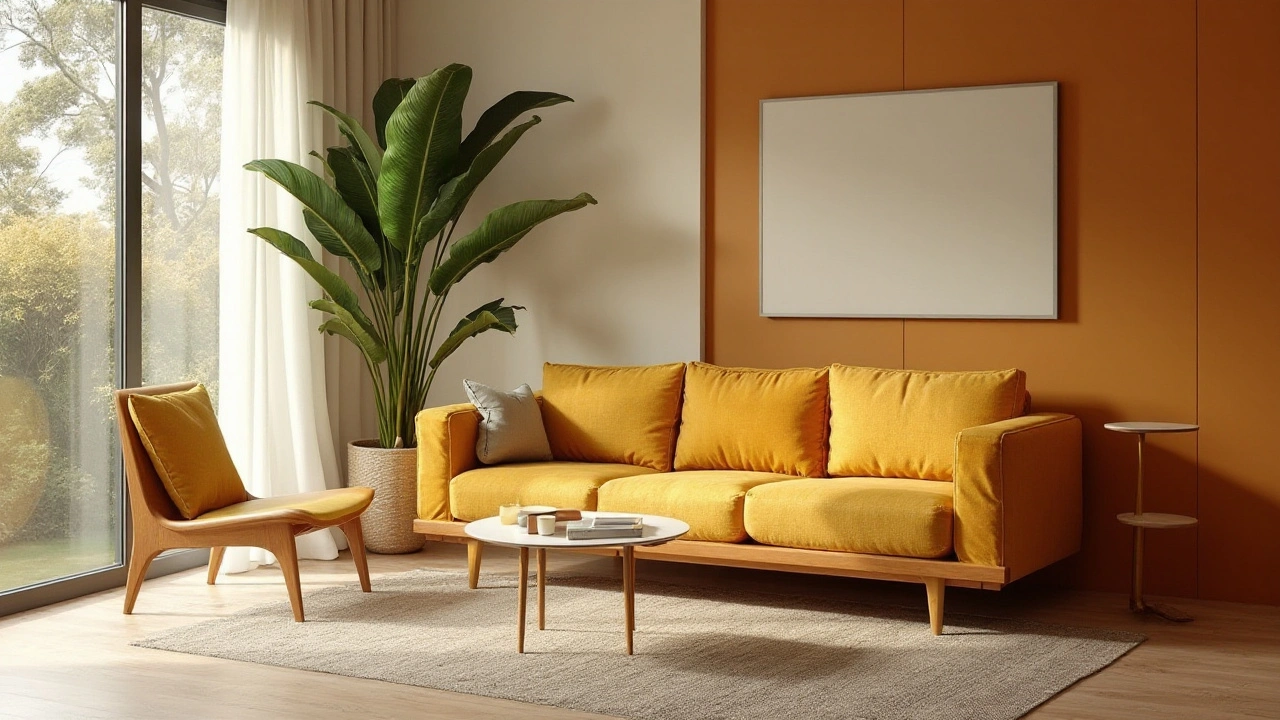Mid-century modern design is more than just a trend—it's a style that keeps coming back, blending yesterday's simplicity with today's comforts. This article breaks down how mid-century modern pieces fit right into modern homes, why the style feels so fresh, and ways to spot authentic finds. Learn practical tips for bringing this classic look to your own space without going overboard. Discover how to mix nostalgia and functionality for a home that truly stands out.
Mid-Century Modern: How to Use the Style in Real Homes
Half a century later, mid-century modern still looks fresh—and you don’t need a renovation to add it to your space. This guide shows clear, useful moves you can make today: what to buy, what to avoid, and how to mix the look with modern living.
What to look for
Mid-century modern means clean lines, simple forms, and functional design. Look for low profiles, tapered legs, organic shapes and minimal ornament. Materials matter: warm woods like teak and walnut, molded plywood, leather, and metal are common. Colors often include mustard, olive, teal and warm neutrals—use these as accents rather than wall colors if you want a modern feel.
Lighting and hardware are signature pieces. Seek pendant lamps, arc floor lamps, and simple brass or matte black hardware. Rugs are usually flat-weave or geometric—skip thick Persian rugs if you want the true mid-century vibe.
Practical ways to add mid-century modern to your home
Start small. Replace one light fixture with a mid-century pendant or swap cabinet handles for slim brass pulls. A statement lounge chair with tapered legs can define a room without a full makeover. Use a wooden credenza instead of bulky entertainment units to keep the room feeling open.
If you’re on a budget, hunt thrift stores and online marketplaces for vintage pieces—check drawers and undersides for maker marks or stamped numbers to spot originals. Reproduction furniture is fine; focus on proportion and material. Avoid cheap particle board that looks like wood but chips easily.
Mixing works well. Mid-century pieces pair nicely with modern sofas and contemporary art. Keep shapes balanced: pair an organic-shaped lounge chair with a straight-lined sofa. Use one strong mid-century item per room so the style reads intentional, not theme-parked.
In small spaces, pick multi-use pieces: a console that turns into a desk, nesting tables, or a slim credenza for storage. Low furniture helps rooms feel larger; keep sightlines clear by avoiding tall cluttered shelving near windows.
Care is simple. Clean wooden surfaces with a soft cloth and a mild wood cleaner; avoid ammonia or harsh solvents. For leather, use a suitable conditioner once a year. Tighten tapered legs and check joints on vintage pieces—loose joints are repairable and cheaper to fix than replacing the whole piece.
Final shopping tip: prioritize quality and proportion over brand names. A well-made, well-proportioned chair will anchor your room more than a trendy pillow. Pick one bold mid-century piece, then add smaller accents—lamp, rug, throw—to finish the look without overdoing it.
This guide dives deep into mid-century modern design, an iconic style marked by its simple forms, functional furniture, and emphasis on bringing the outdoors in. Learn about its history, key elements, essential furniture pieces, color palettes, and tips for incorporating the style into your home.
Explore the captivating world of mid-century modern design and learn how to infuse your home with its timeless elegance. Through understanding the essential characteristics of this style, selecting the right furniture, and integrating modern touches, this comprehensive guide will show you how to create a space that combines aesthetic appeal with functionality. Discover practical tips for incorporating mid-century modern elements into various rooms of your home, learn about the pivotal role of vintage pieces, and get inspired to transform your space into a reflection of this iconic design.
If you've ever found yourself admiring the sleek lines of mid-century modern furniture, you're not alone. This post delves into the trend of investing in mid-century modern pieces by focusing on reasons why it might be a smart move for you. We'll explore the high demand and rising values of these items, discuss the balance between form and function, and highlight the timeless quality of mid-century design that still captivates us today. Join me and let's delve into the world of furniture investment.




